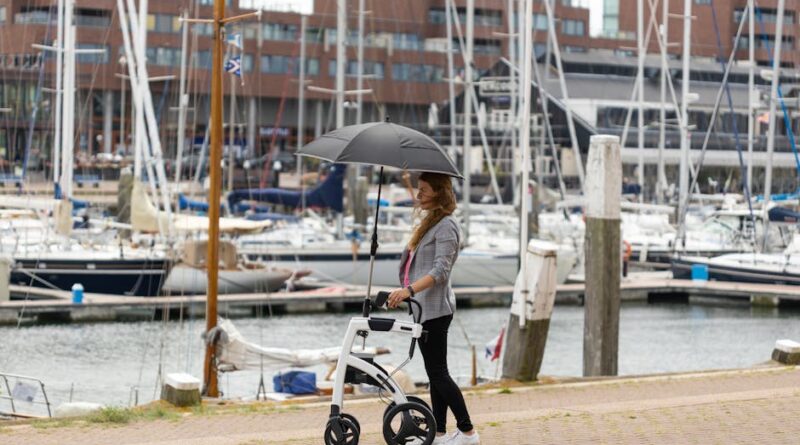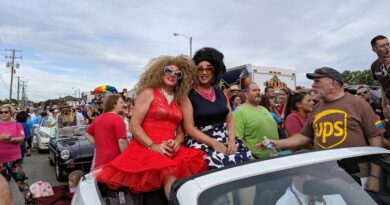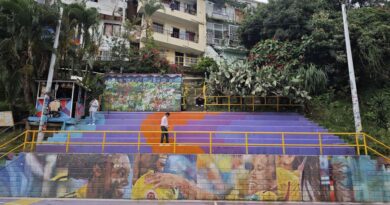Fashion Accessibility Tools: Enhancing Inclusivity in the Fashion Industry
In recent years, the fashion industry has made significant strides towards inclusivity and diversity. One crucial aspect of this movement is the development of fashion accessibility tools. These tools aim to make fashion more accessible to individuals with disabilities, chronic illnesses, or other physical limitations. By incorporating innovative design solutions, adaptive technologies, and inclusive practices, fashion accessibility tools are revolutionizing the way we think about clothing and style.
But what exactly are fashion accessibility tools, and how do they impact the fashion landscape? In this comprehensive guide, we will delve into the world of fashion accessibility tools, exploring their history, current applications, and future potential. From adaptive clothing to assistive technologies, we will uncover the diverse range of tools that are reshaping the fashion industry and empowering individuals of all abilities to express themselves through style.
The Evolution of Fashion Accessibility Tools
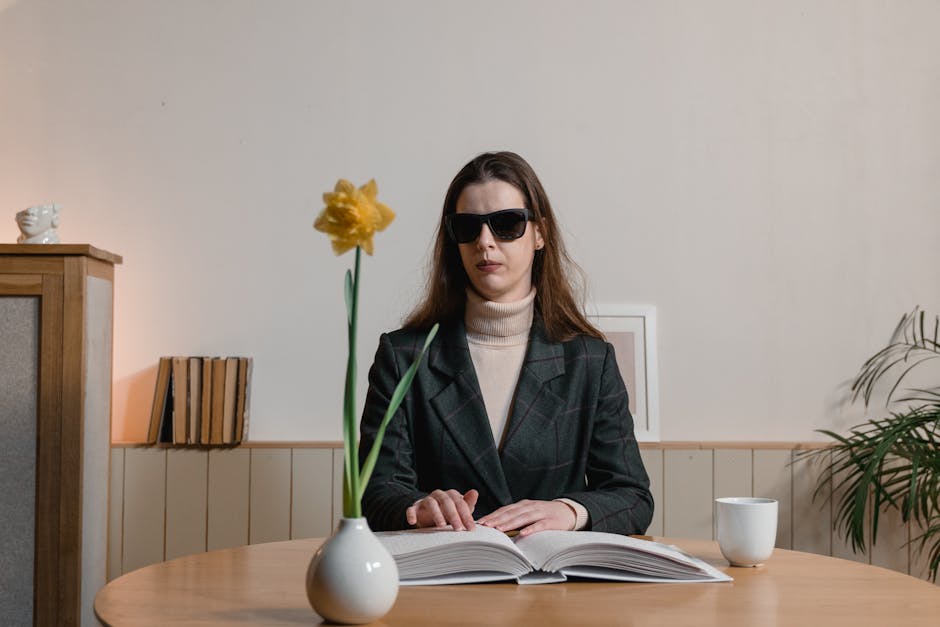
Historically, the fashion industry has often overlooked the needs of individuals with disabilities. Traditional clothing designs were typically tailored to fit standard body types, neglecting the diverse range of shapes, sizes, and abilities present in society. This lack of inclusivity not only limited the choices available to individuals with disabilities but also reinforced harmful stereotypes and stigmas.
However, in recent years, there has been a notable shift towards greater inclusivity in the fashion industry. Designers, activists, and advocates have championed the importance of creating clothing that is not only stylish but also functional and adaptive. This has led to the development of a wide range of fashion accessibility tools, including:
- Adaptive clothing with adjustable features
- Accessible fastenings and closures
- Sensory-friendly fabrics and designs
- Assistive technologies for dressing and styling
These tools are designed to address the unique needs and preferences of individuals with disabilities, chronic illnesses, or other physical limitations. By incorporating principles of universal design and accessibility, fashion brands are paving the way for a more inclusive and equitable fashion landscape.
Adaptive Clothing: Redefining Fashion for All
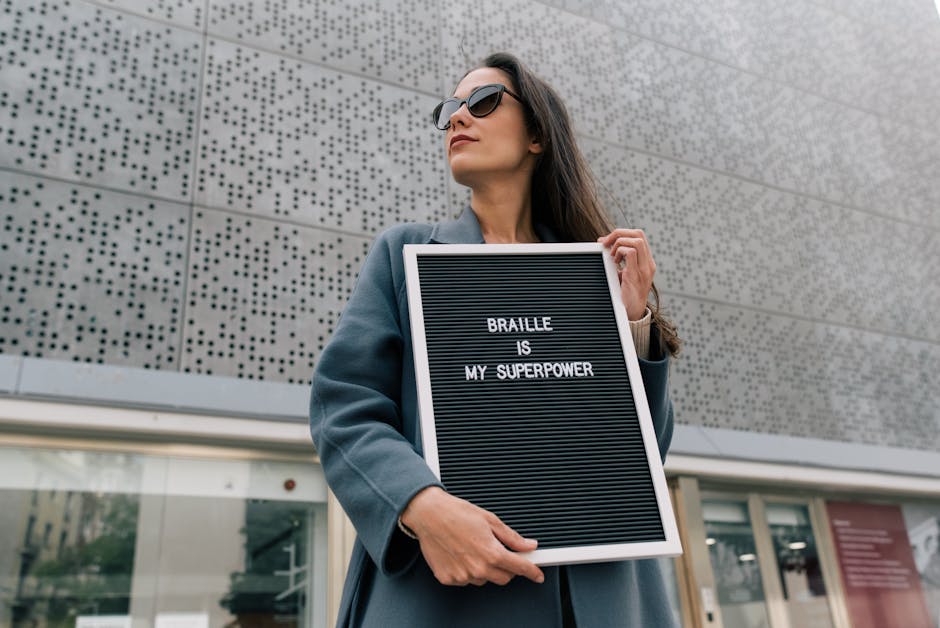
One of the key components of fashion accessibility tools is adaptive clothing. Adaptive clothing is specifically designed to meet the needs of individuals with disabilities or mobility challenges. This type of clothing features innovative design elements that make dressing and styling easier, more comfortable, and more efficient.
Some common features of adaptive clothing include:
- Magnetic closures for easy fastening
- Velcro straps for adjustable sizing
- Elastic waistbands for flexibility
- Seamless and tagless designs for sensory comfort
Adaptive clothing is not only functional but also fashionable. Many adaptive clothing brands prioritize style and aesthetics, ensuring that individuals with disabilities can express their personal sense of style through their clothing choices. By combining form and function, adaptive clothing is redefining the boundaries of fashion and challenging traditional notions of beauty and accessibility.
Assistive Technologies: Enhancing Independence and Autonomy
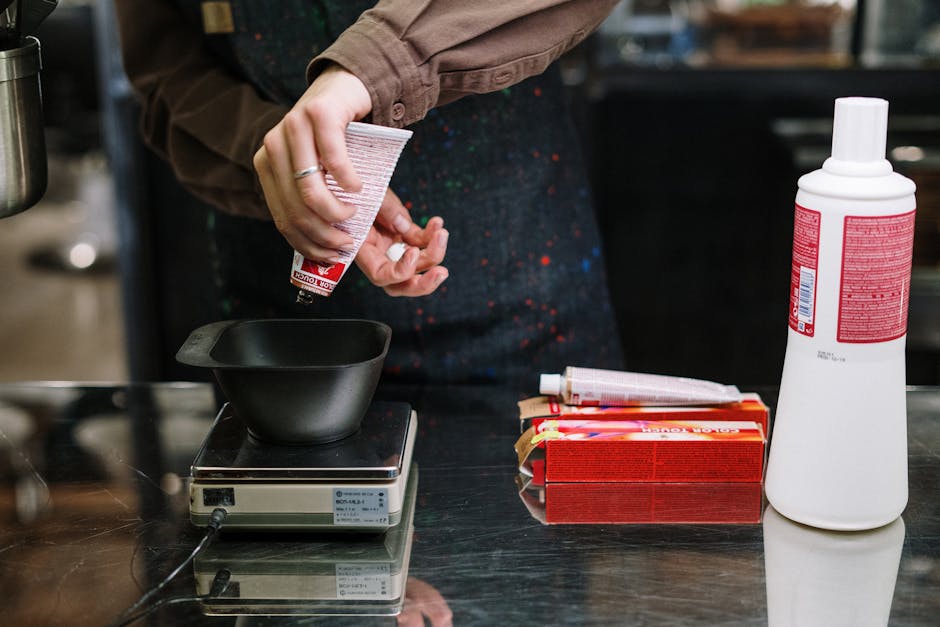
In addition to adaptive clothing, assistive technologies play a crucial role in making fashion more accessible to individuals with disabilities. These technologies are designed to assist with dressing, styling, and accessorizing, empowering individuals to express themselves through fashion in new and innovative ways.
Some examples of assistive technologies in fashion include:
- Magnetic buttons and zipper pulls for easier manipulation
- Dressing aids such as button hooks and zipper pulls
- Color identification tools for coordinating outfits
- Smartphone apps for virtual wardrobe organization
Assistive technologies not only enhance independence and autonomy but also promote self-expression and creativity. By leveraging the power of technology, individuals with disabilities can overcome barriers to fashion and participate more fully in the sartorial world.
Inclusive Design: The Future of Fashion Accessibility
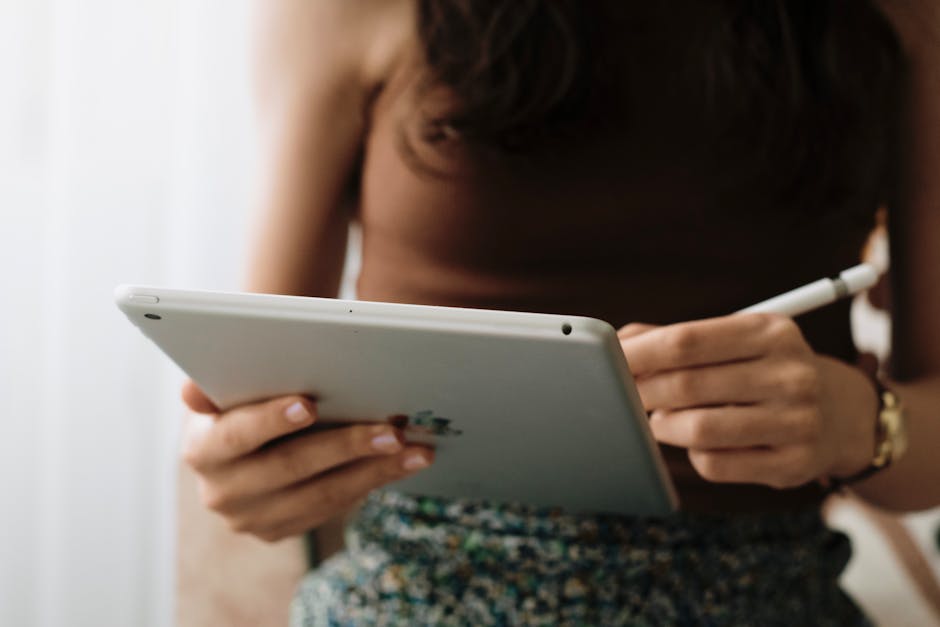
As the fashion industry continues to embrace inclusivity and diversity, the concept of inclusive design has emerged as a guiding principle for creating fashion accessibility tools. Inclusive design focuses on designing products and environments that are accessible to people of all abilities, ages, and backgrounds.
Key tenets of inclusive design in fashion include:
- User-centered design that considers diverse needs and preferences
- Collaboration with individuals with disabilities in the design process
- Emphasis on flexibility, adaptability, and customization
- Promotion of social and environmental sustainability
By incorporating principles of inclusive design, fashion brands can create products that are not only accessible but also innovative, stylish, and sustainable. Inclusive design has the power to transform the fashion industry, making it more equitable, diverse, and inclusive for all.
Empowerment and Representation: The Impact of Fashion Accessibility Tools
Ultimately, fashion accessibility tools are about more than just clothing. They are about empowerment, representation, and self-expression. By providing individuals with disabilities the tools they need to navigate the fashion world, designers and brands are promoting inclusivity and challenging ableist norms.
When individuals with disabilities see themselves represented in the fashion industry, whether through adaptive clothing lines, inclusive runway shows, or diverse marketing campaigns, it sends a powerful message of acceptance and belonging. Fashion accessibility tools are not just about making clothes; they are about making a statement and advocating for a more inclusive society.
As we look towards the future of fashion, it is clear that accessibility and inclusivity will continue to be key priorities for the industry. By embracing fashion accessibility tools and incorporating principles of inclusive design, fashion brands can create a more equitable and diverse fashion landscape that celebrates the uniqueness and diversity of all individuals.
Common Misconceptions About Fashion Accessibility Tools
Despite the progress made in recent years, there are still some common misconceptions surrounding fashion accessibility tools. One of the most prevalent misconceptions is that adaptive clothing is only for individuals with disabilities. In reality, adaptive clothing can benefit a wide range of individuals, including older adults, pregnant women, and individuals recovering from surgery or injury.
Another misconception is that adaptive clothing is limited in style and aesthetic appeal. While this may have been true in the past, many adaptive clothing brands now prioritize fashion-forward designs that are on par with mainstream fashion trends. By challenging these misconceptions, we can foster a more inclusive and accepting attitude towards fashion accessibility tools.
Conclusion: Embracing Inclusivity Through Fashion Accessibility Tools
To wrap things up, fashion accessibility tools are a vital component of creating a more inclusive and diverse fashion industry. From adaptive clothing to assistive technologies to inclusive design principles, these tools are reshaping the way we think about fashion and challenging traditional notions of beauty and accessibility.
As we continue to advocate for inclusivity and diversity in the fashion world, it is essential to recognize the importance of fashion accessibility tools in empowering individuals of all abilities to express themselves through style. By embracing these tools and incorporating principles of inclusive design, we can create a fashion landscape that celebrates the uniqueness and diversity of all individuals.
Long story short, fashion accessibility tools are not just about making clothes; they are about making a statement. They are about promoting empowerment, representation, and acceptance for all. By working together to champion inclusivity and accessibility in fashion, we can create a more equitable and inclusive world for everyone.

